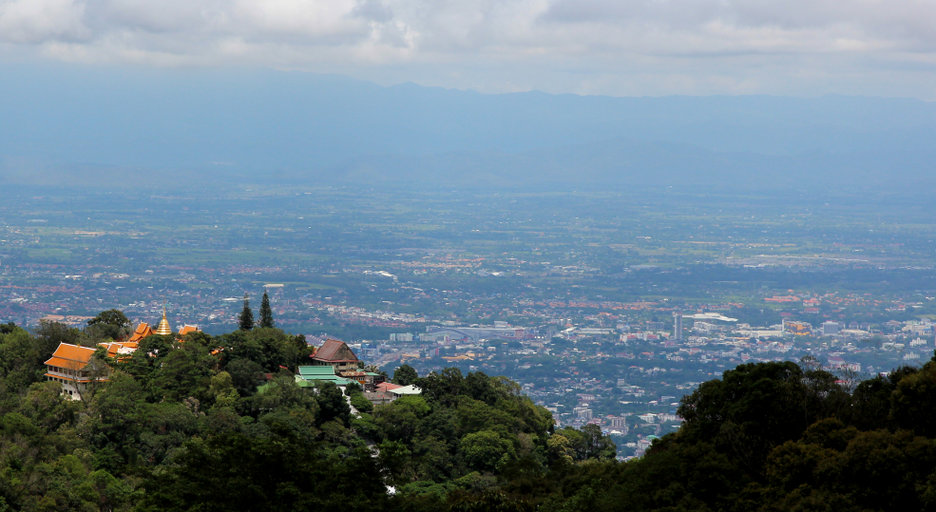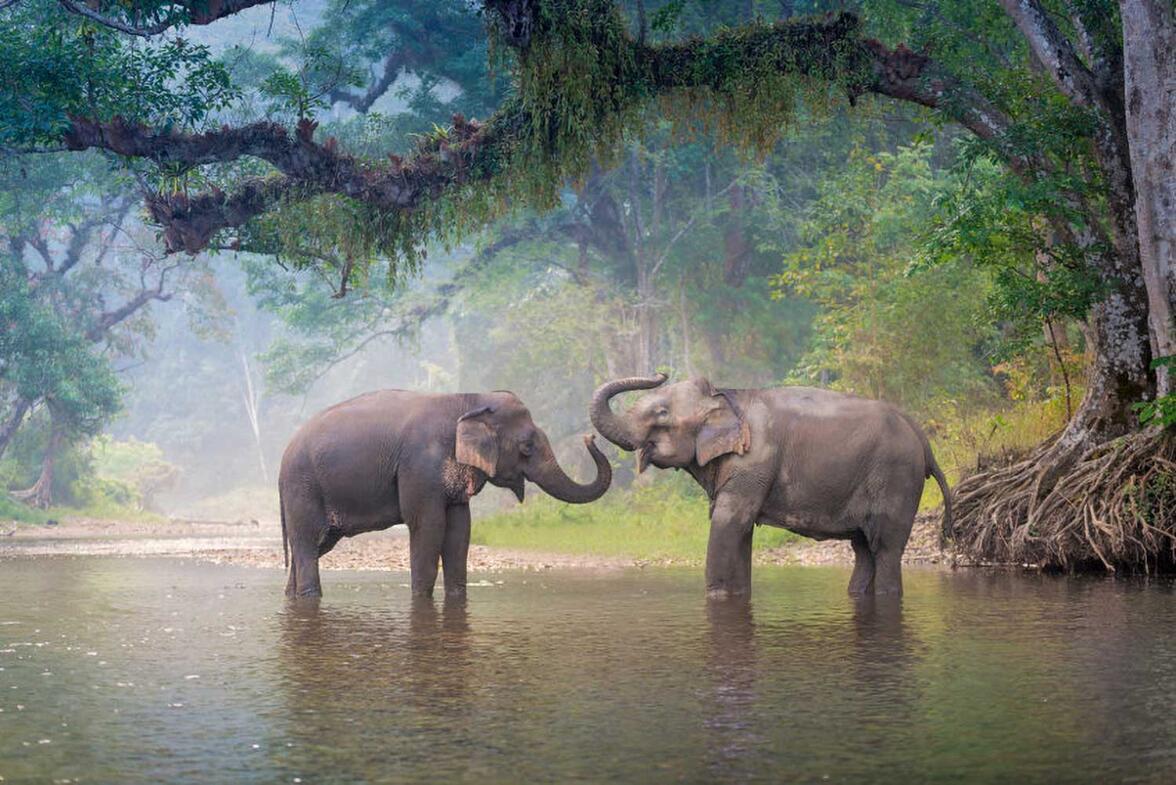Chiang Mai also sometimes written as “Chiengmai” or “Chiangmai”, is the largest and most culturally significant city in Northern Thailand, and the capital of Chiang Mai Province. It is located some 800 km north of Bangkok, among some of the highest mountains in the country. The city stands on the Ping River, a major tributary of the Chao Phraya river. Read on to learn more from our introduction to Chiang Mai blog.
In recent years Chiang Mai has become an increasingly modern city, although it lacks the cosmopolitan gloss of Bangkok. It has many attractions for the thousands of foreign visitors who come to the city each year. Chiang Mai’s historic strength was derived from its important strategic location near a southern branch of the ancient Silk Road, and long before the modern influx of foreign visitors the city served as an important centre for handcrafted goods, umbrellas, jewellery (particularly silver) and woodcarving.
While officially the city of Chiang Mai only covers the Mueang Chiang Mai district with a population of around 150,000, the urban sprawl of the city extends into several neighboring district. This Chiang Mai Metropolitan Area has a population of nearer to 700,000 people, nearly half of the whole Chiang Mai Province.
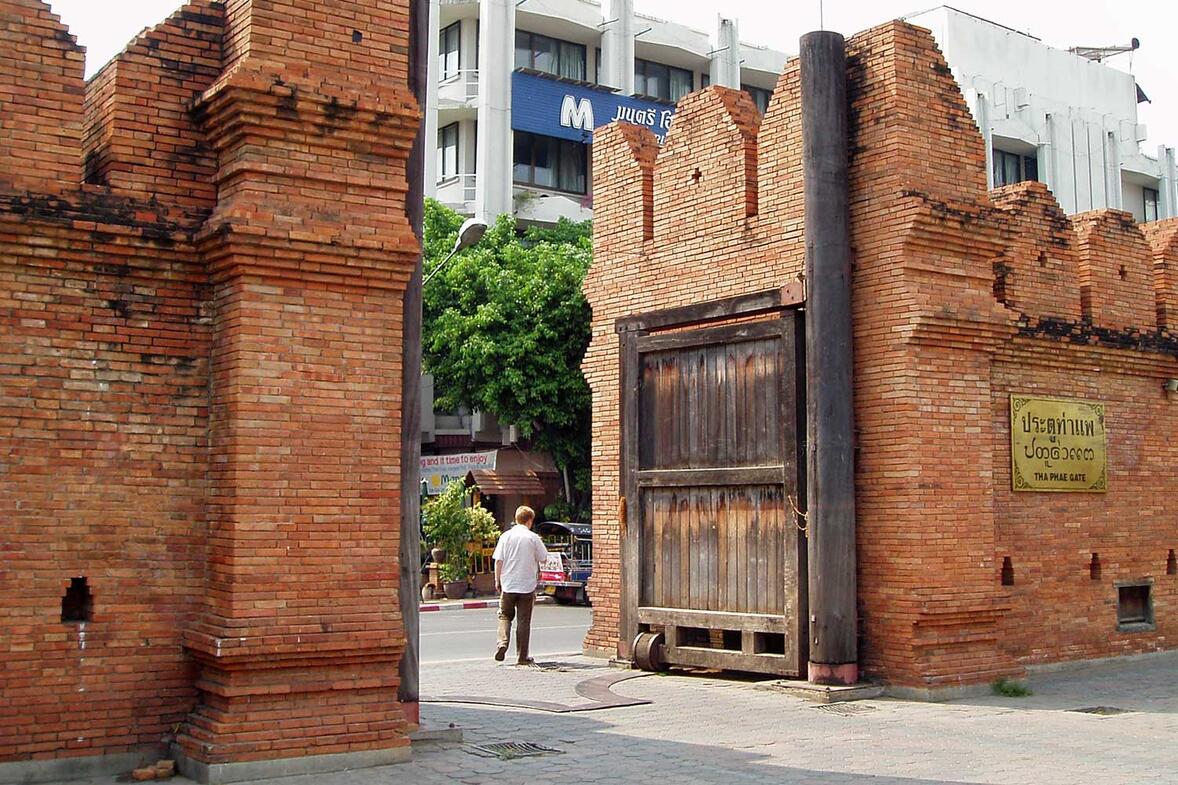
History of Chiang Mai
King Mengrai founded the city of Chiang Mai (meaning “new city”) in 1296, and it succeeded Chiang Rai as the capital of the Lanna Thai kingdom. King Mengrai constructed a moat and a wall around the city to protect it against raids from Burma. With the decline of the Lanna Thai kingdom, the city lost importance and often was occupied by either the Burmese or by the Thais from Ayutthaya. As a result of the Burmese wars that culminated in the fall of Ayutthaya in April 1767, Chiang Mai itself was so depopulated that the remaining inhabitants abandoned the city for fifteen years (1776 – 1791). Lampang functioned as the capital of what remained of Lanna Thai during that time.
Chiang Mai formally became part of Siam in 1774, when the Thai King Thaksin captured the city from the Burmese. Chiang Mai rose in both cultural, trading, and economic terms to gradually adopt its status as the unofficial capital of the north of Thailand, second only in national importance to Bangkok.
The people generally speak Kham Muang (also known as Northern Thai or Lanna) amongst themselves, but the Central Thai of Bangkok is used in education and is understood by most. The old Kham Muang alphabet is now only studied by scholars and Northern Thai is commonly written using the standard Thai alphabet.
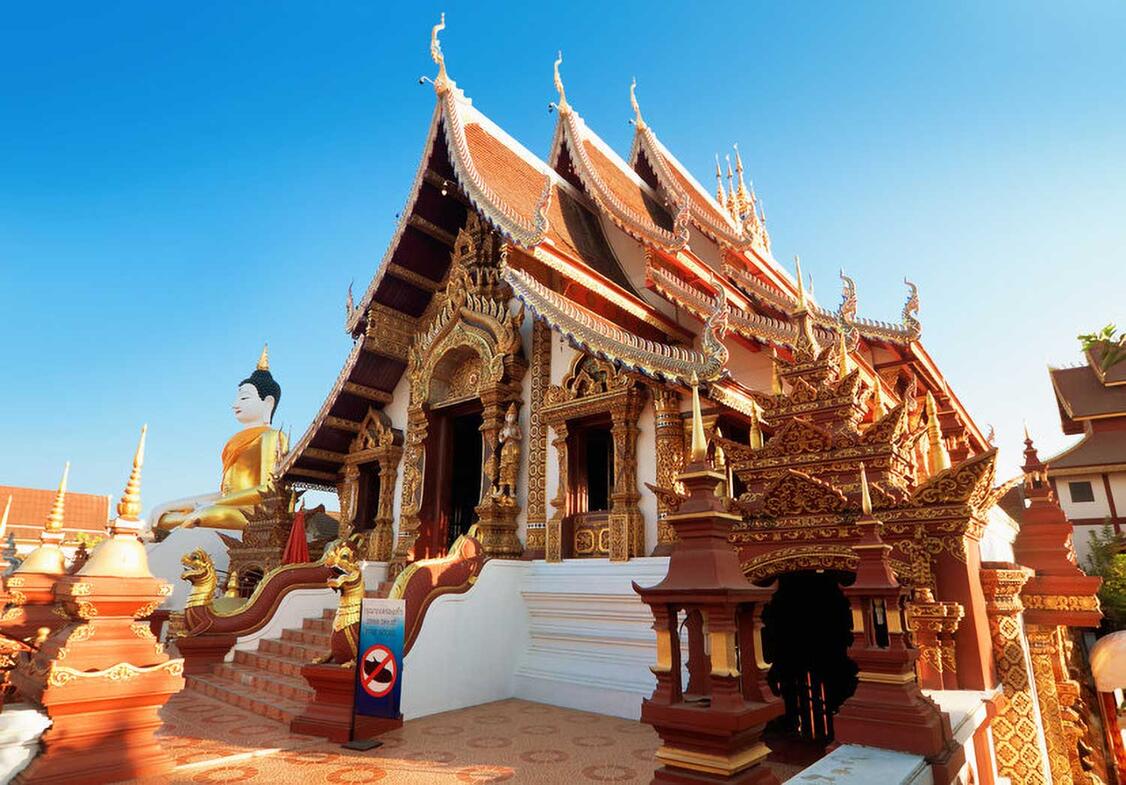
Religious Sites of Chiang Mai
Chiang Mai has over 300 Buddhist temples (called “wats” in Thai). These include
Wat Phrathat Doi Suthep
The most famous temple in the area, standing on a hill to the north-west of the city. This temple dates from 1383. Its builders allegedly chose its site by placing a relic of the Lord Buddha on an elephant’s back and letting the elephant roam until it came across a place where it trumpeted and circled before lying down. The onlookers took this as marking an auspicious place in which to build the temple. The temple’s location also affords superb views over the city on a clear day.
Wat Chiang Man
The oldest temple in Chiang Mai. King Mengrai lived here while overseeing the construction of the city. This temple houses two very important and venerated Buddha images – Phra Sila (a marble Buddha) and Phra Satang Man (a crystal Buddha).
Wat Phra Singh
Located within the city walls, dates from 1345 and offers an example of classic northern Thai style architecture. It houses the Phra Singh Buddha, a highly venerated image, transferred here many years ago from Chiang Rai.
Wat Chedi Luang
Founded in 1401 and dominated by the large Lanna style chedi which dates from the same time but took many years to finish building. An earthquake damaged the chedi in the 16th century, so now only two-thirds of it remain.
Wat Ched Yot
Located on the outskirts of the city, this temple, built in 1455, hosted the Eighth World Buddhist Council in 1977.
Wiang Kum Kam
The site of an old city situated on the southern outskirts of Chiang Mai. King Mengrai used this city for ten years before the founding of Chiang Mai. The site has many ruined temples.
Wat U-Mong
Aforest and cave wat in the foothills in the west of the city, near Chiang Mai University. Wat U-Mong is known for its grotesque concrete fasting Buddha image and hundreds of pithy Buddhist proverbs in English and Thai posted on trees throughout its grounds.
Wat Suan Dok
A 14th century temple located just west of the old city-wall. The temple was built by the King of Lanna for a revered priest visiting from Sukhothai as a place for the monk to spend the rains retreat. The name of the temple roughly translates to “field of flowers.” There are several unique aspects to this temple. One is the temple’s large ubosot, or ordination hall. The ubosot is unusual not only for its size, but also the fact that it is open on the sides rather than being totally enclosed. Secondly, the large number of chedis housing the cremated remains of the rulers of Chiang Mai. This temple is also the site of one of the most important monastic universities in Thailand, Mahachulalongkorn Rajavidyalaya Buddhist University.

Chiang Mai hosts many Thai festivals, including
Loi Kratong
Held on a full-moon night in November. Every year thousands of people assemble floating banana-leaf containers (krathong) decorated with flowers and candles onto the waterways of the city to worship the Goddess of Water. Lanna-style hot-air lanterns (khom loi) are also launched into the air. These are believed to help rid the locals of troubles and are also taken to decorate houses and streets.
Songkran
Held in mid-April to celebrate the traditional Thai new year. Chiang Mai has become one of the most popular locations to visit for this festival. A variety of religious and fun-related activities (notably the good-natured city-wide water-fight) take place each year, along with parades and a Miss Songkran beauty competition.
Flower Festival
A three-day festival held during the first weekend in February each year, this event occurs during the period when Chiang Mai’s temperate and tropical flowers are in full bloom. The festivities include floral floats, parades, traditional dancing shows and a beauty contest.
Chiang Mai Universities & Education
Chiang Mai has several universities, including Rachapat University, Rajamangala University of Technology, Chiang Mai University, Far Eastern Chiang Mai, Payap University and Mae Jo University — as well as numerous technical and teacher colleges.
International Schools: Some of the best International schools in Thailand are located in Chiang Mai. CMIS, American Pacific, Panyaden, Varee, Lanna, and Prem to name a few. Find out more here https://www.international-schools-database.com/in/chiang-mai
Chiang Mai is a regional centre for several activities, including:
Hill-tribe tourism and trekking
Many different tour companies offer organised treks among the local hills and forests on foot and on elephant back. Most also involve visits to the various local hill tribes. These include representatives from the Akha, Hmong, Karen, and Lisu tribes.
Other outdoor activities
The varied local terrain also offers opportunities for mountain biking, elephant riding, bamboo rafting and kayaking. The area also has several golf courses. The nearby national park that includes Doi Inthanon, the highest mountain in Thailand, features many hiking trails.
Shopping
Chiang Mai has a large and famous night bazaar for arts and handicrafts and several large, well-appointed modern shopping centres. A major attraction is the Sunday “Walking Street” market which takes place on the main street of the old city, Ratchadamnoen Road. Selling mostly arts and crafts from the surrounding hill tribes, it also features music and theatre.
There are also modern shopping centers or malls. Airport Plaza, Maya, Festival, and Promenada being the main ones. You will also find computer and tech centers as well as premium wholesale clothing and cash and carry centers. There is also a range of international brand supermarkets such as Lotus Tesco and Big C. 7 eleven stores are everywhere and open 24/7/365.
Local museums
These include the Chiang Mai City Arts and Cultural Centre, the Hill Tribe Museum, and the Chiang Mai National Museum.
Muay Thai boxing
There are daily Muay Thai exhibitions as well as professional fights. You can also learn the art of Muay Thai at one of the many boxing schools available to foreigners as well as locals.
Digital hub for nomads
Chiang Mai has become a center for digital nomads. The development of digital services is promoted by the Chiang Mai administration.
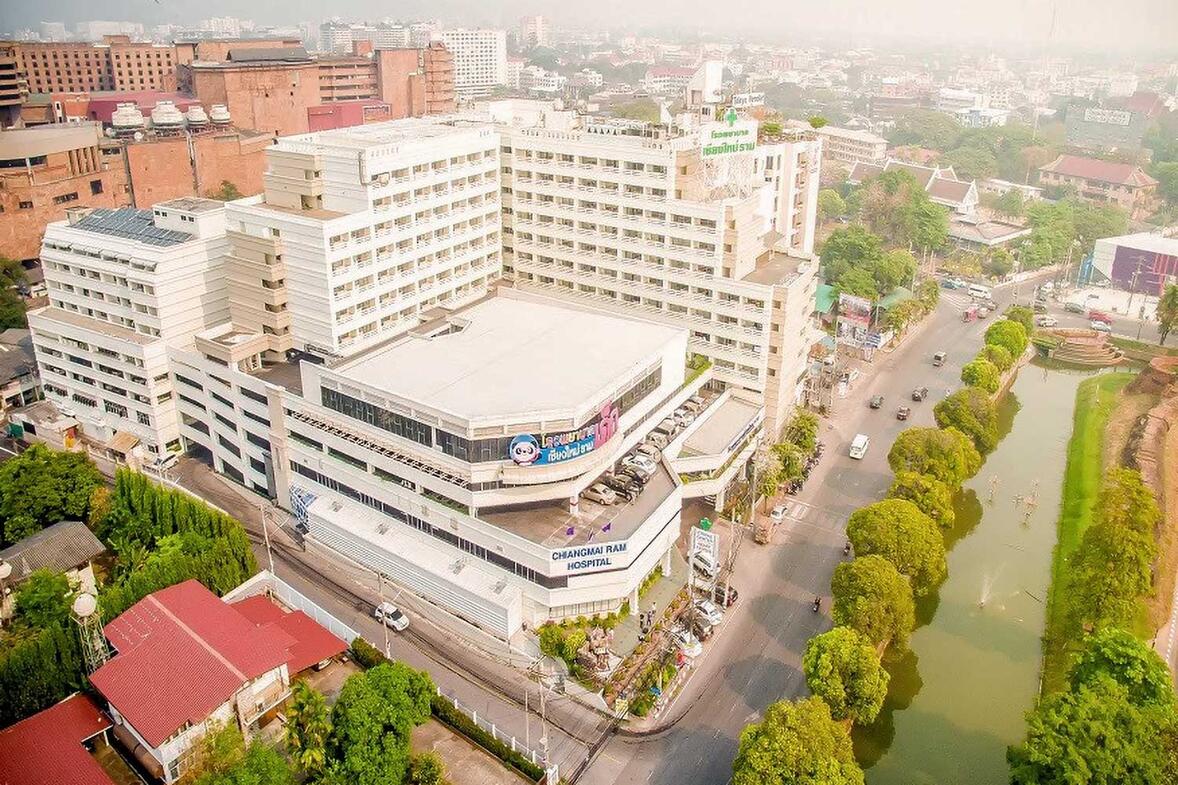
Chiang Mai Health & Wellness
Chiang Mai is a center for health and wellness. It has many world class spa resorts as well as yoga, detox, and other wellness facilities.
Thai massage
The back streets and main thoroughfares of Chiang Mai have a variety of massage parlours which offer anything from quick, simple, facial and foot massages, to month-long courses in the art of Thai massage. You can also learn the techniques and uses of Traditional Thai massage at several massage schools.
Hospitals
Along with the many public hospitals serving the Thai national health system there are also world class international private hospitals. Chiang Mai RAM and Bangkok hospitals have the most advanced equipment and attract talented and highly trained doctors and nurses. Very competitive pricing and excellent post op recuperation resorts and spas make this a leading choice for people from all around the world to come for operations.
Dental Hospitals
Chiang Mai is home to some top of the range dental hospitals and clinics. Offering very competitive pricing it is no wonder that Chiang Mai is a number one choice for medical tourism.
An Introduction to Chiang Mai – Conclusion
Many people that visit Chiang Mai fall in love with its friendly atmosphere, wonderful weather and the variety of activities and facilities on offer. It is no wonder that it is often voted amongst the best places in the world to retire. Retirees from all around the world are welcomed. We hope that you enjoyed our introduction to Chiang Mai. Whether you come to retire, work or for an extended visit, Lanna Property is here to help with all your Real Estate and accommodation requirements.
